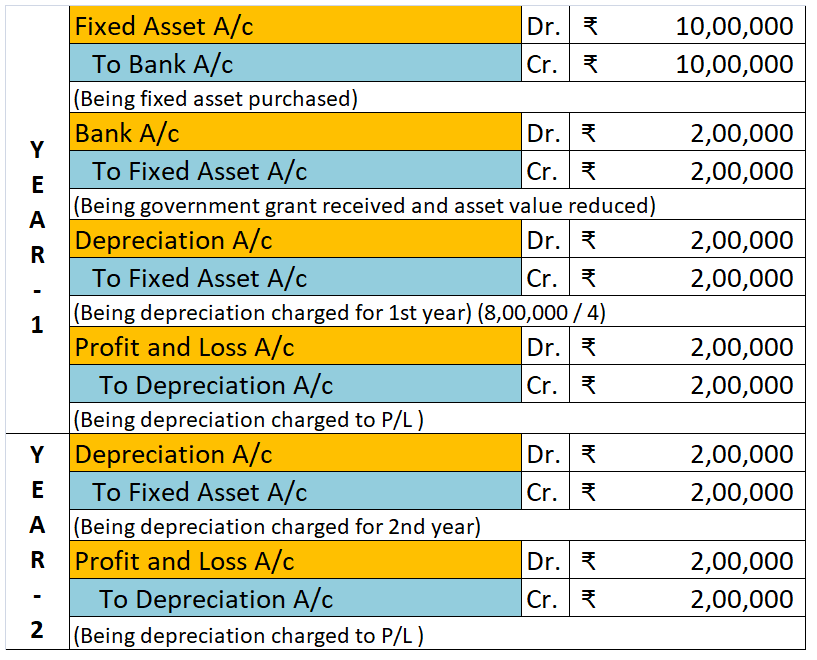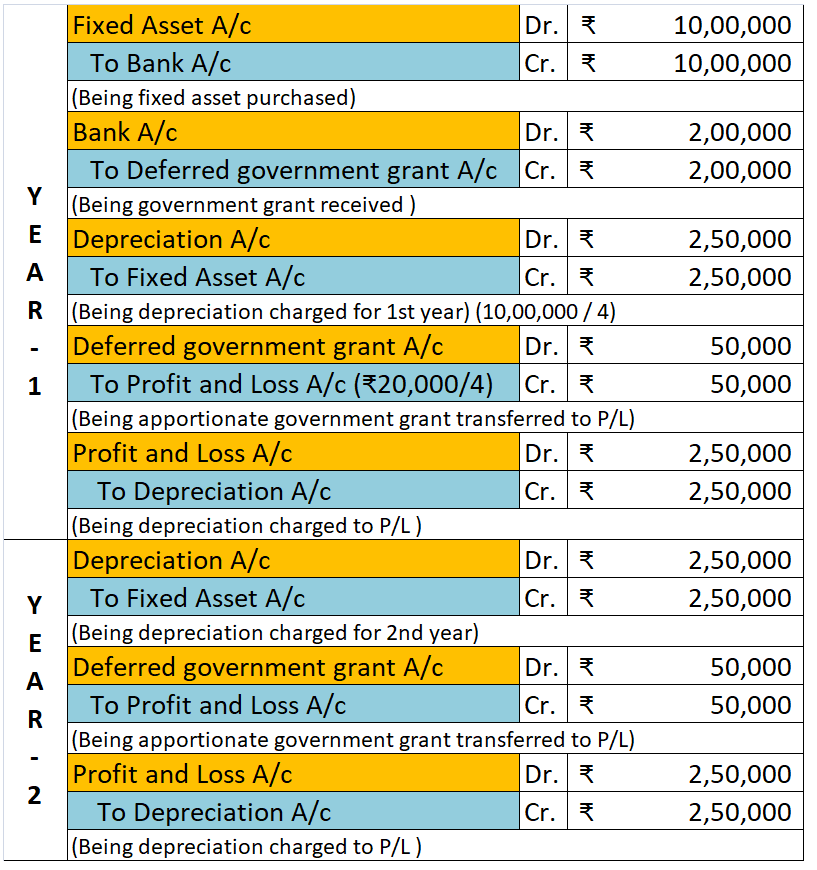Income derived from farming land, building constructed or associated with farming land, and commercial products from farming land is called agricultural income. According to Section 10(1) of the Income Tax Act, agricultural income is exempt from tax. However, the government can levy tax if agricultuRead more
Income derived from farming land, building constructed or associated with farming land, and commercial products from farming land is called agricultural income.
According to Section 10(1) of the Income Tax Act, agricultural income is exempt from tax. However, the government can levy tax if agricultural income is above Rs 5,000.
Following are the sources to be considered for agricultural income according to the conditions mentioned in Section 2 (1A) of the Income Tax Act:
- Revenue generated through rent or lease of land in India that is used for agricultural purposes.
- Revenue generated through the commercial sale of produce gained from agricultural land.
- Revenue generated through the renting or leasing of buildings in and around the agricultural land subject to the following conditions:
- The cultivator or farmer should have occupied the building, either through rent or revenue.
- The building is used as a residential place, storeroom, or outhouse.
- The agricultural land or the land where the building is located, is being assessed for land revenue or subject to a local rate assessed.
If the land does not fall under the provisions stated above, the Income Tax Act requires a separate evaluation to calculate tax.
The Income-tax Act has laid down a method to indirectly tax such income.
This method or concept is called the partial integration of agricultural income with non-agricultural income. It aims at taxing the non-agricultural income at higher rates of tax.
Partial integration of agricultural income with non-agricultural income involves the following steps:
- For example, the base income of the individual is Rs. 20,000 and agricultural income is Rs 10,000, then we first have to calculate tax on Rs 30,000. For convenience, we can call this tax T(30,000)
- Assuming that the income falls under tax slab A, this tax slab A has to be added to the agricultural income and tax has to be calculated on it as well and it is called T(S+10,000).
- The final tax on the individual’s income will be T(30,000)- T(A+10,000)
The important step to keep in mind is to aggregate the agricultural income while calculating tax otherwise it can lead to double taxation, extra tax, or interest on tax.
See less









Effective Capital is an amount calculated for purpose of arriving at the maximum limit of managerial remuneration as per the Companies Act, 2013 where profit is inadequate or no profit. Other than that it has no use. Computation of effective capital is given in Explanation I to Schedule II of the CoRead more
Effective Capital is an amount calculated for purpose of arriving at the maximum limit of managerial remuneration as per the Companies Act, 2013 where profit is inadequate or no profit. Other than that it has no use.
Computation of effective capital is given in Explanation I to Schedule II of the Companies Act. Schedule II deals with remuneration payable to managers in case of no profit or inadequate profit in the following manner:
Computation of effective capital is done in the following manner:
Numerical example:
ABC Ltd reports its balance sheet as given below:
We will compute its effective capital for both an investment company and a non-investment company.

See less